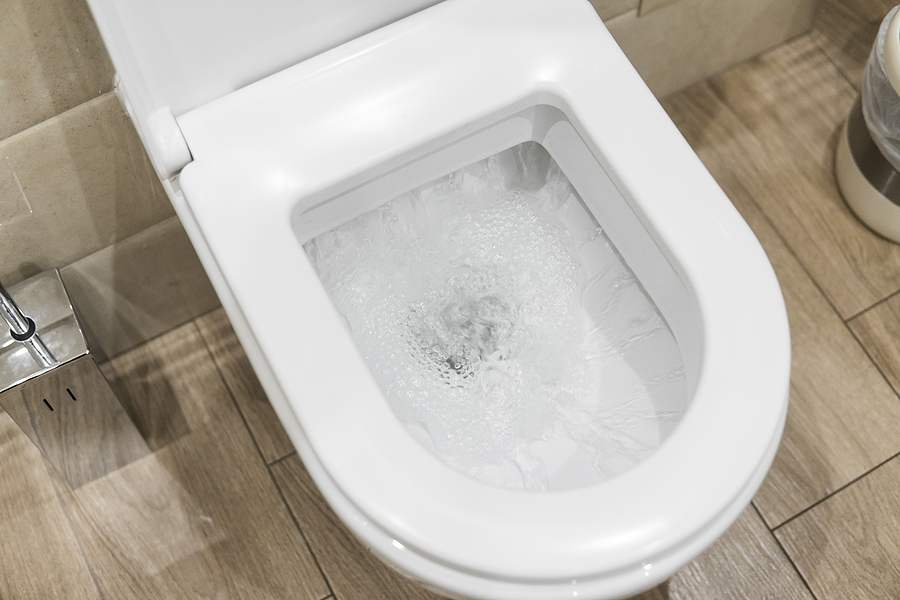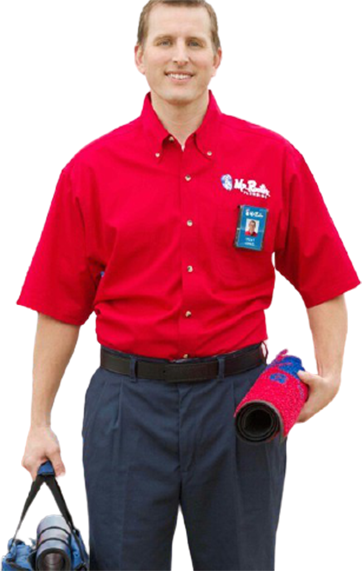Call This Saturday to Get $35 OFF
Call This Saturday to Get $35 OFF

January 01
An overflowing toilet can be an unpleasant plumbing nightmare that no one wants to deal with, leading to water damage and costly toilet repair if left unmanaged. But there are steps you can take to prevent overflows in the first place - Mr. Rooter Plumbing walks through these in this guide so your toilet remains trouble-free while handling overflow situations effectively.
To avoid an overflow, prevention is the key. Here are a few preventive steps you should take:
Regular inspection and maintenance will help identify and address potential problems early before they escalate into major ones. Keep an eye out for loose bolts, worn-out parts, and signs of leakage - tighten loose connections immediately and replace any components with defects as soon as they arise.
Stress the importance of good flushing habits among everyone in your household. Stay away from flushing excessive toilet paper, sanitary products, or foreign objects down the toilet, as these items could potentially block pipes leading to overflows in your toilet system.
Most toilets feature an adjustable float or fill valve to control the water level in their tanks, ensuring it reaches an appropriate mark (typically indicated within). An overly high water level increases your risk of overflow.
Consider installing an overflow prevention device on your toilet that can detect abnormal water levels and automatically cut off the water supply if a clog or overflow is detected to help minimize potential major water damage. Such measures could save a great deal of trouble later.
Even with all possible preventive measures in place, accidents do still happen. If your toilet begins overflowing, follow these steps quickly to stop it and minimize damage:
Locate and immediately turn off the water supply valve behind or near your toilet. This valve typically features a small knob or lever, which you can turn clockwise to stop water flowing; if this doesn't do it for you, switch off all main water lines at your residence instead.
Lift off the tank lid from your toilet so that you can reach its flapper valve - responsible for dispensing water from its tank into its bowl during flushing - to access its flapper valve and check whether or not it has become stuck open, to stop its flow into your bowl when flushing. If that occurs, push back gently into place to stop this water flow and restore the normal functioning of its flapper valve.
If the water levels remain rising after closing the flapper valve, your problem could lie elsewhere - in either your drain pipe toilet plunger or a plumbing snake. Use both tools with extreme care; wear protective gloves and follow the manufacturer's guidelines for safe use.
If you have access to a wet vacuum, using it can help remove excess water from the toilet bowl and drain pipe, decreasing further overflow risks. Ensure the model you purchase meets the wet use rating before beginning this procedure.
Once the water has stopped overflowing, any mess must be thoroughly cleaned and disinfected using disinfectant wipes or a bleach-and-water mixture to disinfect surfaces and dispose of hazardous materials properly.
Sometimes, toilet overflow is caused by more serious plumbing issues that require professional intervention. In such instances, you should call a licensed plumber immediately if:
If your toilet overflows often, this could be a telltale sign of deeper plumbing issues that require professional remedy.
Signs indicating issues with your sewer system can include foul odors or backup in your toilet and drains; a professional plumber must be called immediately to reduce health hazards.
When DIY attempts have proven unsuccessful in stopping an overflow or clearing away clogs, calling in a professional plumbing service is usually the best course. They will ensure further damage does not occur by fixing issues quickly.
Mr. Rooter Plumbing can quickly help when faced with an overflowing toilet, and you require professional assistance to address it. Our knowledgeable plumbers can quickly assess and diagnose the situation while efficiently clearing clogs to restore proper toilet functionality.
